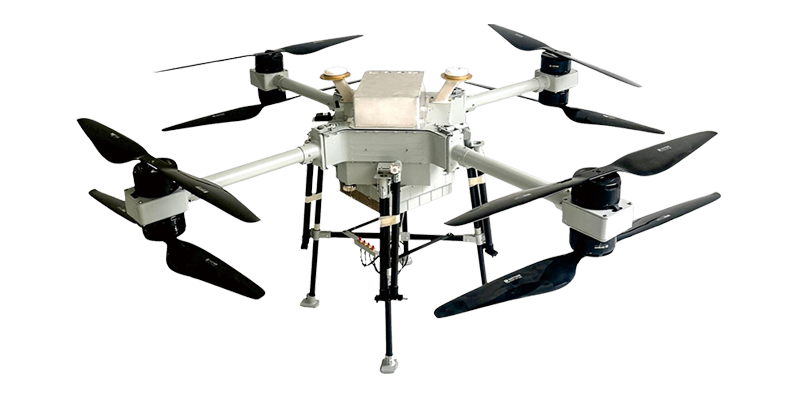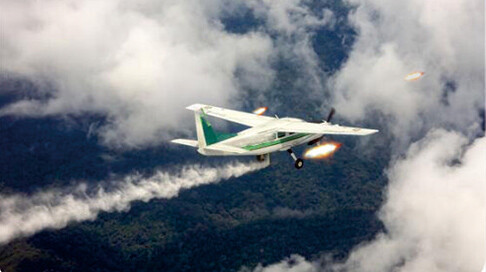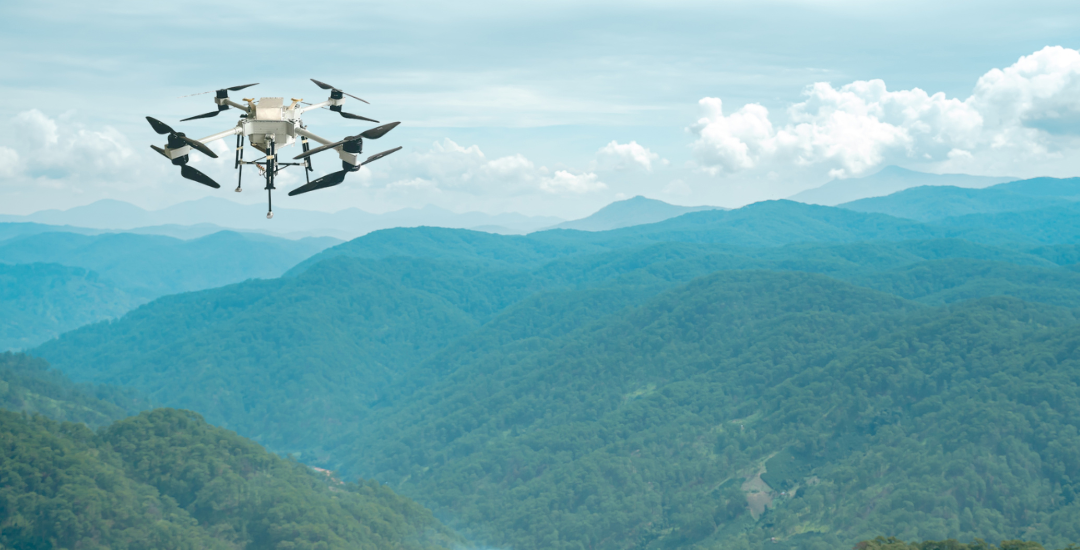NEWS
Home > News


The rapid evolution in Unmanned Aerial Vehicle (UAV) technology has introduced new categories of versatile, efficient, and high-performance drones that integrate vertical take-off and landing (VTOL) capabilities with the speed and range of fixed-wing aircraft. Among these, two notable types stand out: the Hybrid VTOL Fixed Wing UAV and the Ducted Fan VTOL UAV. Each design has specific applications and advantages, catering to different operational needs, such as long-range missions, high-speed reconnaissance, and heavy-lift capabilities. This article will explore the key distinctions, applications, and technical aspects of these UAV types, focusing on Hybrid VTOL Fixed Wing UAVs, Ducted Fan VTOL UAVs, Long-Range VTOL UAVs, and Fixed-Wing VTOL UAVs.

Introduction to VTOL UAV
Vertical Take-Off and Landing-VTOL UAV is transforming industries by offering flexible deployment without the need for runways. Among the VTOL UAVs, Hybrid VTOL Fixed Wing UAVs and Ducted Fan VTOL UAVs serve distinct purposes, appealing to sectors like defense, logistics, and environmental monitoring. Each design is tailored to particular operational requirements, balancing flight stability, range, and speed.
Understanding Hybrid VTOL Fixed Wing UAVs
Hybrid VTOL Fixed Wing UAVs combine the characteristics of both fixed-wing aircraft and multi-rotor drones. With rotors or propellers enabling vertical take-off and landing, these UAVs transition into a fixed-wing flight mode for longer, more efficient flights. This dual capability allows them to cover extended distances while conserving battery or fuel, making them ideal for long-range VTOL UAV applications.
Key Features:
- Transition Flight: Shifts from VTOL to fixed-wing mode for efficient cruising.
- Fuel Efficiency: Optimized for longer flights due to aerodynamic wings.
Hybrid Power Options: Can use battery, fuel cells, or hybrid engines
Understanding Ducted Fan VTOL UAVs
The Ducted Fan VTOL UAV design centers around enclosed propellers, known as ducted fans, which provide thrust for both vertical lift and horizontal movement. These enclosed fans contribute to the UAV's stability and maneuverability, especially in confined spaces. Though generally more suited for shorter-range missions, ducted fan designs offer improved safety and reduced noise due to the enclosed fan mechanism.

Key Features:
- Enclosed Propellers: Enhances safety and stability, ideal for urban environments.
- Compact Design: Ducted fans allow for smaller, more agile UAV bodies.
Stealth Capabilities: Reduced noise levels beneficial for covert operations.
Key Differences Between Hybrid VTOL Fixed Wing and Ducted Fan VTOL UAVs
Performance and Range Comparison
Hybrid VTOL Fixed Wing UAVs are designed for long-range VTOL UAV applications, reaching hundreds of kilometers on a single charge or fuel load, depending on the power source. In contrast, Ducted Fan VTOL UAVs have a more limited range due to the high energy demands of ducted fans.
Payload Capacity and Power Efficiency
Hybrid VTOL Fixed Wing UAVs typically support greater payloads due to their larger wingspan and more efficient power consumption. Ducted Fan VTOL UAVs, while more compact, are generally more limited in payload due to their reliance on high-powered, enclosed fans.
Applications of Hybrid VTOL Fixed Wing UAVs
Hybrid VTOL Fixed Wing UAVs are optimal for industries requiring long-endurance flights, such as:
- Agricultural Monitoring: Large field surveillance and mapping.
- Maritime Surveillance: Long-range patrolling and observation.
- Disaster Relief: Quickly assessing large, remote areas for emergency response.
Environmental Monitoring: Tracking wildlife migrations or monitoring deforestation over vast terrains.
Applications of Ducted Fan VTOL UAVs
Ducted Fan VTOL UAVs excel in missions demanding stability in close quarters, such as:
- Urban Security and Surveillance: Quiet operation and enhanced maneuverability in cities.
- Industrial Inspection: Ideal for narrow areas, such as power lines or building inspections.
- Law Enforcement: Covert monitoring due to reduced noise.
Search and Rescue in Confined Spaces: Effective for tight or rugged locations.
Long-Range VTOL UAVs for Extensive Missions
Long-Range VTOL UAVs are gaining traction across sectors that require extended aerial coverage, especially in fixed-wing VTOL UAV designs, which are capable of both efficient fuel consumption and high-speed cruising. Their ability to travel long distances without refueling or recharging makes them indispensable for military reconnaissance, extensive land surveying, and border security.
Challenges and Limitations
- Hybrid VTOL Fixed Wing UAV: Complexity in transitioning from vertical to horizontal flight, requiring advanced control systems.
Ducted Fan VTOL UAV: High power consumption, limiting range, and payload capacity.
Future Innovations in VTOL UAV Technology
Ongoing advancements in battery technology, AI-driven flight control, and miniaturized propulsion systems promise to address these limitations. Hybrid and ducted fan designs will likely evolve, further optimizing range, speed, and efficiency, while retaining their distinctive operational advantages.
Choosing Between Hybrid VTOL Fixed Wing and Ducted Fan VTOL
When choosing between these UAV types, consider the following:
- Operational Range: Opt for hybrid fixed-wing models for long-range needs.
- Deployment Environment: Choose ducted fans for urban or confined spaces.
Payload and Efficiency: Fixed-wing hybrids handle larger loads and longer durations.
Environmental and Safety Considerations
Hybrid models, while capable of carrying larger payloads, may pose risks in densely populated areas due to open propellers. Ducted fans are safer in these environments, thanks to enclosed blades and lower noise output.
Summary of Key Differences
Conclusion: Selecting the Right VTOL UAV for Your Needs
Both Hybrid VTOL Fixed Wing UAVs and Ducted Fan VTOL UAVs offer unique benefits tailored to different missions. By aligning UAV selection with mission-specific demands, operators can leverage the right balance of range, payload, and maneuverability.
Frequently Asked Questions (FAQs)
Q1: What is a hybrid VTOL fixed wing UAV? A hybrid VTOL fixed-wing UAV combines vertical lift with efficient fixed-wing flight, ideal for long-range applications.
Q2: What are ducted fan VTOL UAVs best suited for? Ducted fan VTOL UAVs excel in tight, urban environments or rugged areas where noise reduction and stability are essential.
Q3: Can hybrid VTOL UAVs carry heavier payloads than ducted fan UAVs? Yes, hybrid VTOL fixed-wing UAVs generally support larger payloads due to their fixed-wing design and longer range.
Q4: Which is better for long-range missions, hybrid or ducted fan VTOL UAVs? Hybrid VTOL fixed-wing UAVs are better for long-range missions due to their efficient flight mode.
Q5: Are ducted fan VTOL UAVs quieter than hybrid fixed-wing models? Yes, ducted fans are quieter, making them suitable for covert operations in populated areas.
SHARE:
Send a Message
RECENT POSTS
 How VTOL Drones Are Transforming Delivery Services2025-03-28
How VTOL Drones Are Transforming Delivery Services2025-03-28 VTOL Drones vs. Fixed-Wing & Multirotor: Pros and Cons2025-03-21
VTOL Drones vs. Fixed-Wing & Multirotor: Pros and Cons2025-03-21 Top 10 Safety Tips for Operating VTOL UAVs in Urban Areas2025-03-14
Top 10 Safety Tips for Operating VTOL UAVs in Urban Areas2025-03-14 Choosing the Right Fixed-Wing UAV for Your Needs2025-03-07
Choosing the Right Fixed-Wing UAV for Your Needs2025-03-07 What Is a VTOL Aircraft? A Beginner’s Guide2025-02-24
What Is a VTOL Aircraft? A Beginner’s Guide2025-02-24
Get in Touch
Please use the form below to get in touch.
If you need a reply we will get in touch as soon as possible.





